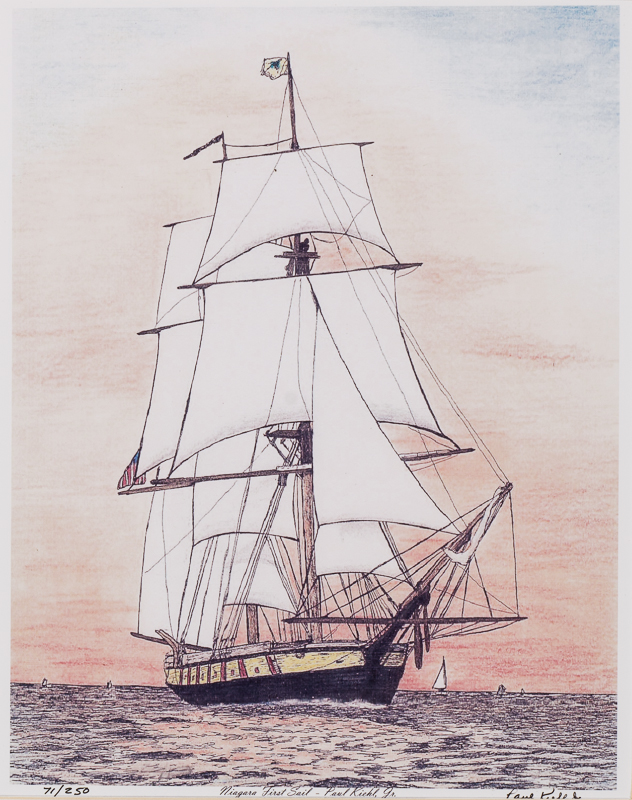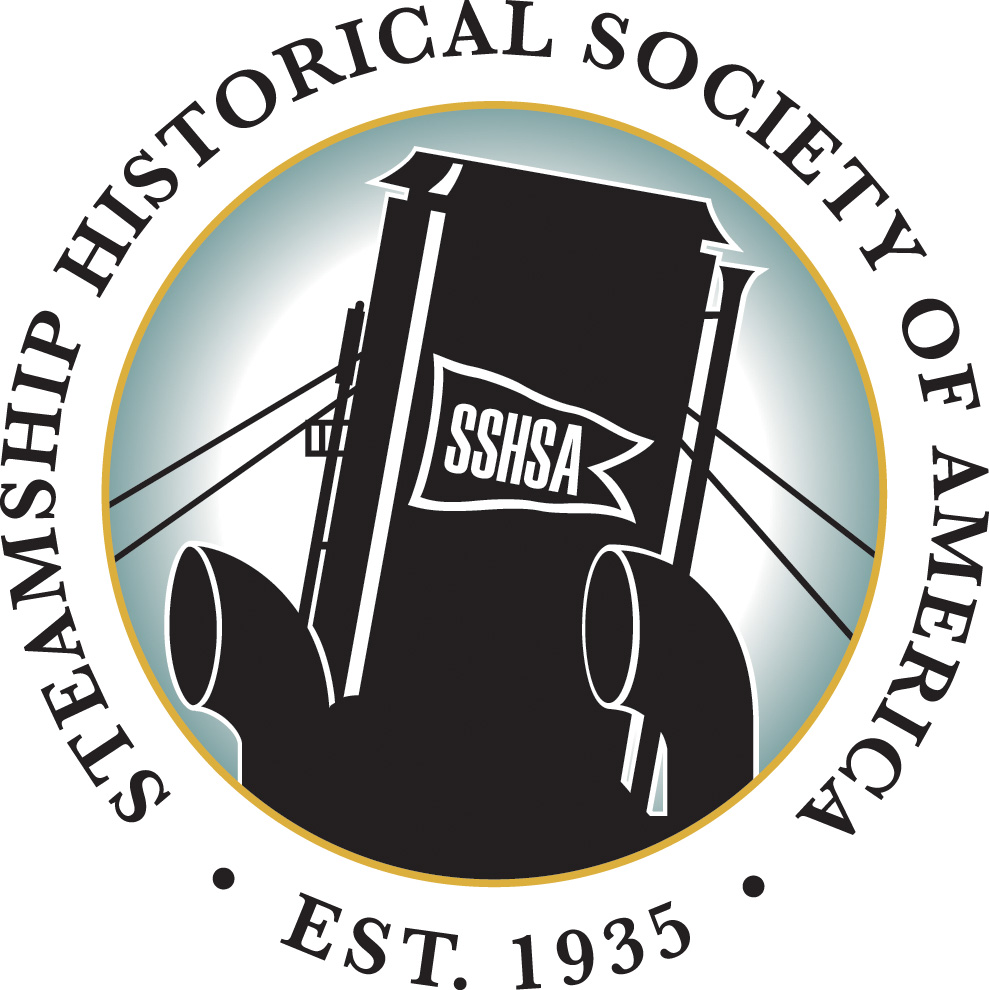Take a look at our Pre-K to 12 standards-aligned lesson plans in STEAM and Social Studies subjects including experiments, coloring books, wordsearches, and more!
Learn through primary sources from our archives and collections!
‘For the bread that you eat and the biscuits you nibble,
The sweets that you suck and the joints that you carve,
They are brought to you daily by all us Big Steamers –
And if any one hinders our coming you’ll starve!’
Rudyard Kipling, Big Steamers, 1914-1918
Steamships have radically altered the course of history through immigration, trade, and leisure. This technological advancement began in the early nineteenth century and has had far reaching cultural consequences that continue to this day. The transition from sail to steam power is the focus of this educational online repository made possible by grants from the National Park Service’s National Maritime Heritage Program and the Heritage Harbor Foundation. Educators, students, the general public, and avid ship lovers can view archival materials from the Steamship Historical Society of America’s collection. These education modules focus on Science, Technology, Engineering, Art, Mathematics, and Social Studies. By exploring primary and secondary source material, users can see for themselves the ways in which this movement has affected the course of history.

This period of transition from sailing to steam-powered vessels, roughly 1809-1909, impacted travel time, reliability, and the movement of goods and people. Tides, currents, and weather patterns affected sailing ships, leaving little predictability for travel. In the late nineteenth century, weather could delay a transatlantic voyage by days or weeks. These trips already took anywhere from four to eight weeks. Imagine the cost of such delays and the impact it would have on crew members and passengers, such as how to ration food. Preparing for all these scenarios took great skill.
As early as the 1830s, steamships allowed for greater speed, maneuverability, and less reliance on the weather. Ships could now travel across the Atlantic in no more than eighteen days. Travel time continued to shorten with improved engine and hull designs. Increased competition among major steamship companies created technological advances as well. With these improvements and competition came lower prices and increased efficiency. This increased the transportation of goods and people at a rate unknown to sailing vessels.
Steamships capitalized on a new tourism industry created by these advances in technology. With this increase in tourism came an exchange of cultural ideas, food, and architecture, to name a few. Tourism and the “First-Class Experience” played a key role for steamships. The largest portion of revenue came from immigrants traveling in third class steerage and contributed to this intercultural exchange as well. Technological advances to the steam engine and propulsion systems and the competition among steamship companies ensured rapid evolution. Land-based industrial applications such as mills, machine tool and die manufactures, mines, and other forms of transportation like the railroad locomotive and the steam-powered automobiles benefited from these improvements. This nineteenth century steam technology eventually resulted in the steam turbine and then to the modern oil-fired steam turbine that remains in widespread use today both in land and on the sea.
Imagine what the United States would look like without the advent of the steamship. Food and goods that could not withstand the long trip via sailing vessels would not be available today. Would the U.S. be the same place culturally had so many immigrants not traveled here via steamships? Even today, the U.S. still relies on ships economically. Seaports deliver vital goods and services to consumers, ship U.S. exports, create jobs, and support local and national economic growth. Ports provide employment for more than 23 million people in the United States. For every $1 billion in exports shipped through U.S. seaports, 15,000 jobs are created. Seaport cargo activity accounts for 26 percent of the U.S. economy, generating nearly $4.6 trillion in total economic activity and more than $321 billion in federal, state, and local taxes in 2014.
To find out more about how the transition from sail to steam affected the course of history, check out our education modules that focus on Science, Technology, Engineering, Art, Mathematics, and Social Studies.
Additional Education Resources
In 1819, a small ship left the port city of Savannah, GA and sailed into the history; the SS Savannah became the first vessel ever to cross the Atlantic Ocean using steam power. The Savannah used steam only for a portion of its journey. But this historic voyage foreshadowed the future of ocean travel. This segment is a clip from Michael Jordan’s hour-long documentary, Savannah’s Famous Ships.

